9 Things Every Nordic Traveler Needs to Know in 2025

The Nordic countries Denmark, Finland, Iceland, Norway, and Sweden offer jaw-dropping landscapes, world-class design, and some of the happiest cities on Earth. But traveling through this region comes with its own set of expectations. From unpredictable weather to cultural quirks, being prepared means a smoother, more respectful, and more enjoyable trip. Whether you’re chasing the northern lights or soaking in a sauna, these essential tips will help you navigate the Nordic way of life in 2025.
1. Pack for Wild Weather
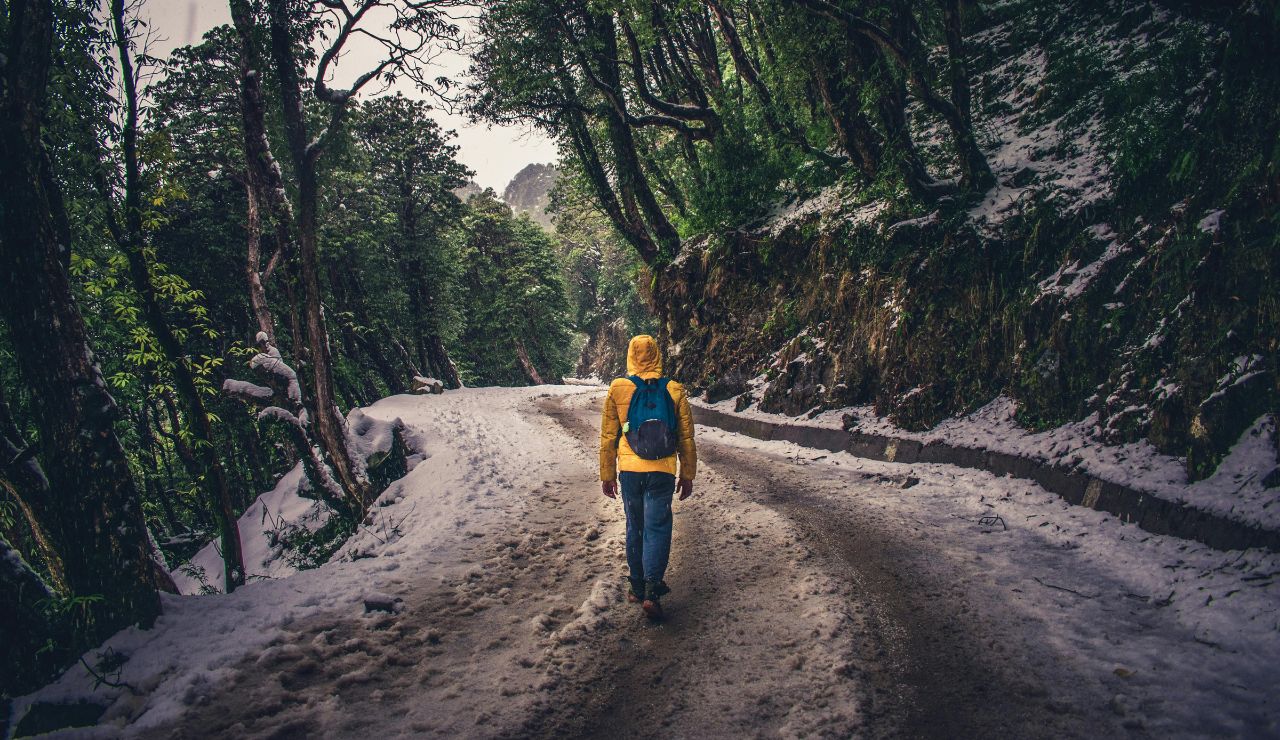
Nordic weather is wildly unpredictable even in the middle of summer. A clear, sunny morning can turn cold, rainy, or blustery within hours. That’s why smart packing starts with layers think thermal base layers, a waterproof jacket, and durable walking shoes no matter when you visit. Iceland and Norway are especially notorious for packing four seasons into a single day. And while Scandinavian cities may look sleek and modern, outdoor readiness is still part of the local DNA. As the locals like to say, “There’s no such thing as bad weather, only bad clothing.” It’s more than advice, it’s survival wisdom in the North.
2. Go Cashless

By 2025, most of the Nordic region has gone almost entirely cashless. Whether you’re buying a train ticket, ordering a coffee, or browsing a street market, credit cards and mobile payment apps are universally accepted. Sweden leads the pack many shops and cafés won’t even accept cash anymore. This digital-first system is fast, secure, and convenient, but travelers should be prepared. Bring a credit card with low or no foreign transaction fees, and ensure your mobile wallet is set up in advance. Embracing contactless payments isn’t just smart here, it’s expected. Leave the coins at home, your phone is your wallet now.
3. Ride Trains and Ferries
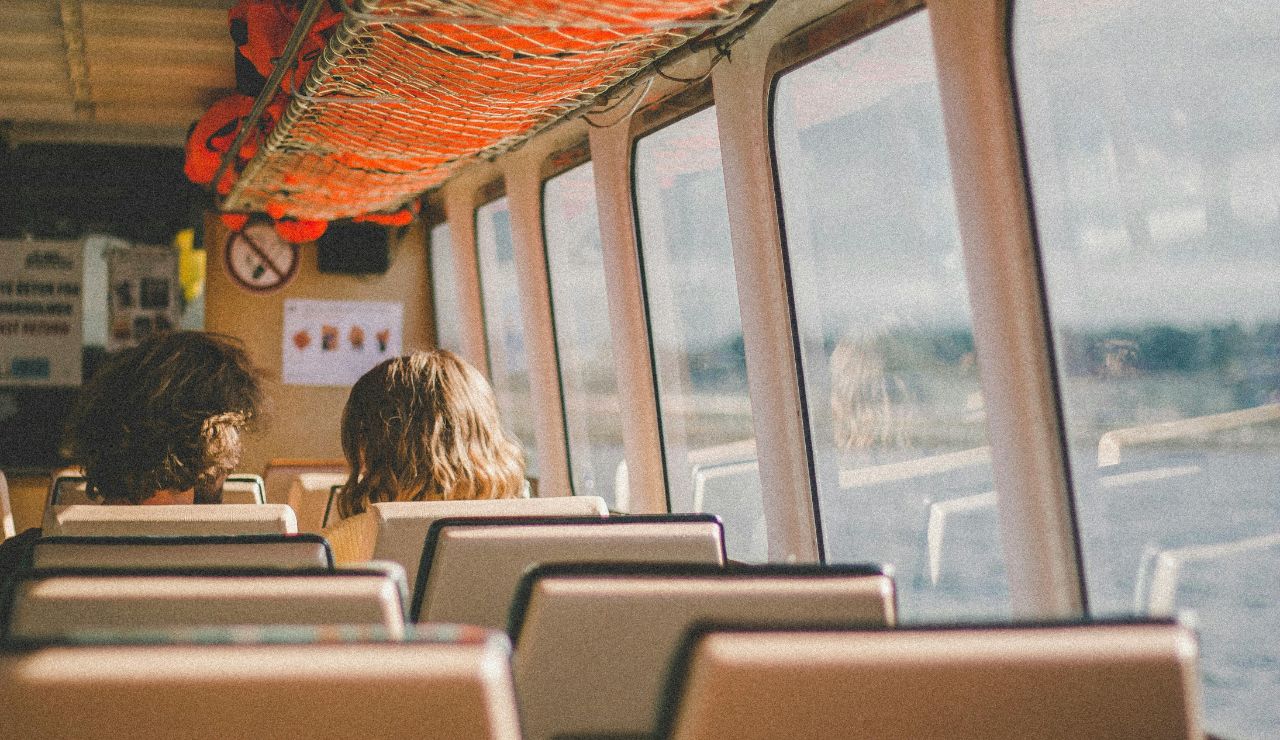
Public transportation in the Nordic countries is a dream for travelers clean, efficient, scenic, and incredibly well-connected. Trains glide through sweeping countryside and fjords, ferries hop between islands, and buses run like clockwork. Highlights include Norway’s jaw-dropping Flåm Railway, Sweden’s serene archipelago ferries, and Finland’s overnight trains to the Arctic Circle. In many coastal and rural areas, boats aren’t just transport, they’re an experience. Summer brings higher demand, so book in advance and explore regional rail or ferry passes for the best value. Getting around here isn’t just practical, it’s part of the adventure.
4. Respect Nature
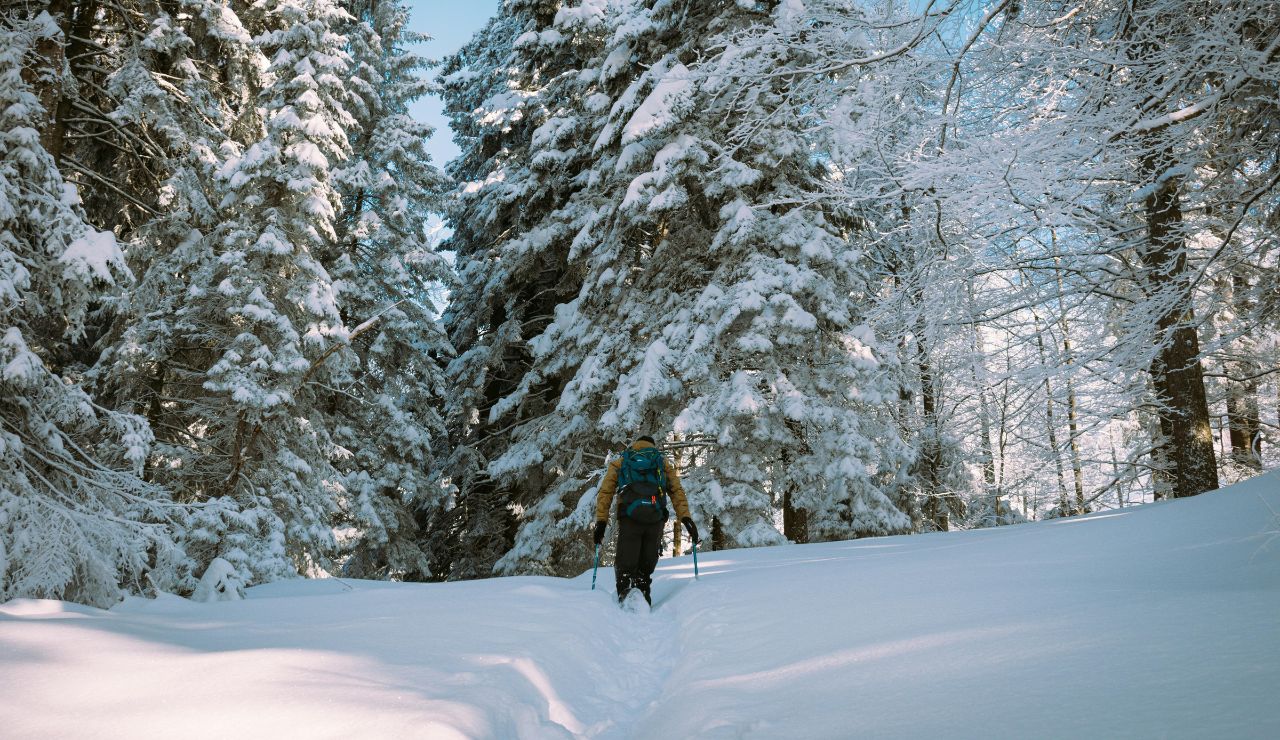
Respect for nature runs deep in the Nordic countries, and visitors are expected to follow suit. Locals take environmental stewardship seriously whether it’s hiking in Norway, soaking in Iceland’s hot springs, or camping under the midnight sun in Finland. Stick to marked trails, pack out every scrap of trash, and never disturb plants or wildlife. Icelandic moss, for example, can take 100 years to recover if trampled. Even in areas where wild camping is allowed, discretion and cleanliness are essential. The rule is simple leave no trace. Treat every mountain, forest, and fjord like a sacred space because to many here, they are.
5. Know the Alcohol Rules

Alcohol in Nordic countries is pricey and tightly regulated. In Sweden, Norway, and Finland, strong drinks are sold only in government-run stores like Sweden’s Systembolaget, which operate on limited hours and charge high taxes. You won’t find wine or spirits in regular supermarkets. Expect frequent ID checks, strict age limits, and rules against public drinking. Planning ahead is essential whether for a cozy evening in or a night out because prices can shock first-time visitors. Respecting these laws is part of blending in with local customs and enjoying Nordic nightlife responsibly.
6. Yes, You Can Wild Camp
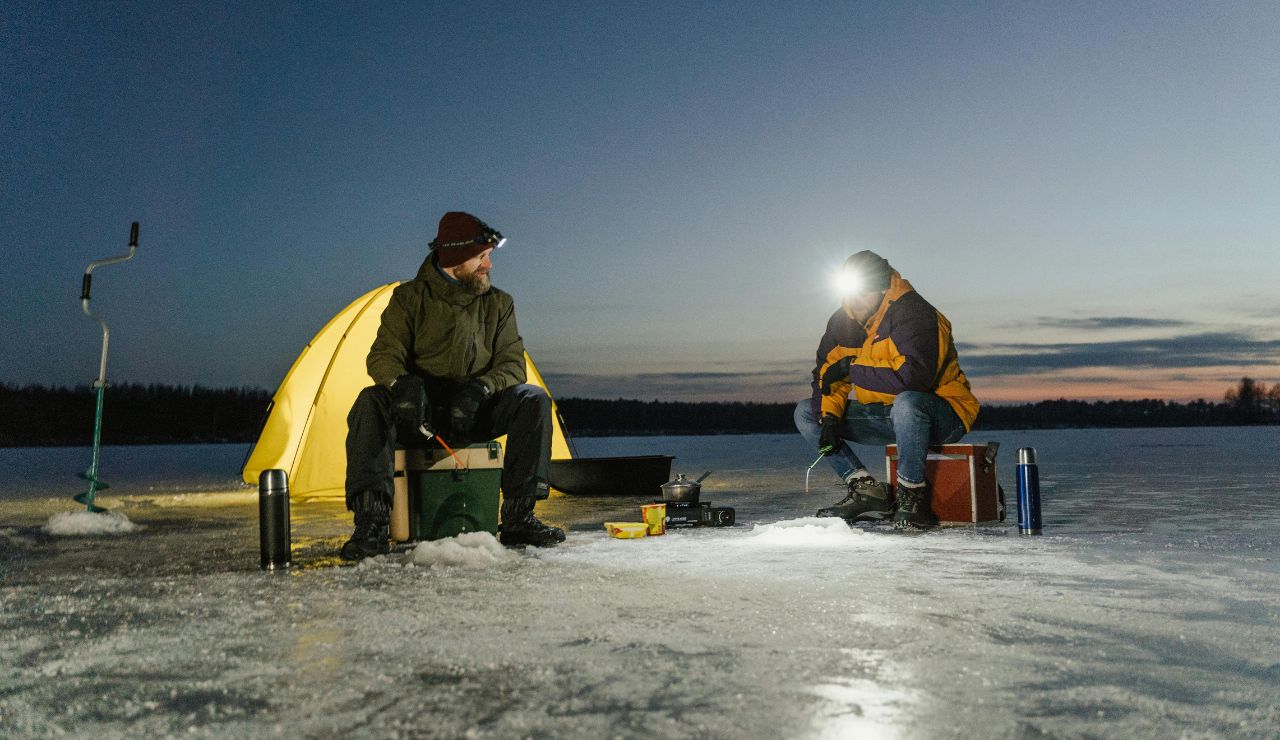
Thanks to allemannsretten, the Nordic “right to roam” wild camping is legal across Norway, Sweden, and parts of Finland. This means you can pitch a tent on uncultivated land for free, provided you keep a respectful distance from homes, limit your stay to one or two nights, and leave no trace behind. It’s a truly unique way to immerse yourself in pristine nature and embrace the spirit of Nordic freedom. Just be sure to check local rules and avoid protected reserves or farmland. Bonus, the breathtaking views often outshine any hotel stay.
7. Expect High Prices

Let’s be honest Nordic countries aren’t the cheapest travel spots. Food, transport, lodging, and even coffee can be pricey. But the quality you get is top-notch spotless cities, efficient transit, and excellent services. To save money, consider grabbing meals from grocery stores or bustling food halls, using transit passes, and taking advantage of free activities like hiking trails, museums with free-entry days, and public saunas. With a bit of planning, budget travelers can enjoy the Nordics without breaking the bank.
8. Learn a Few Local Words
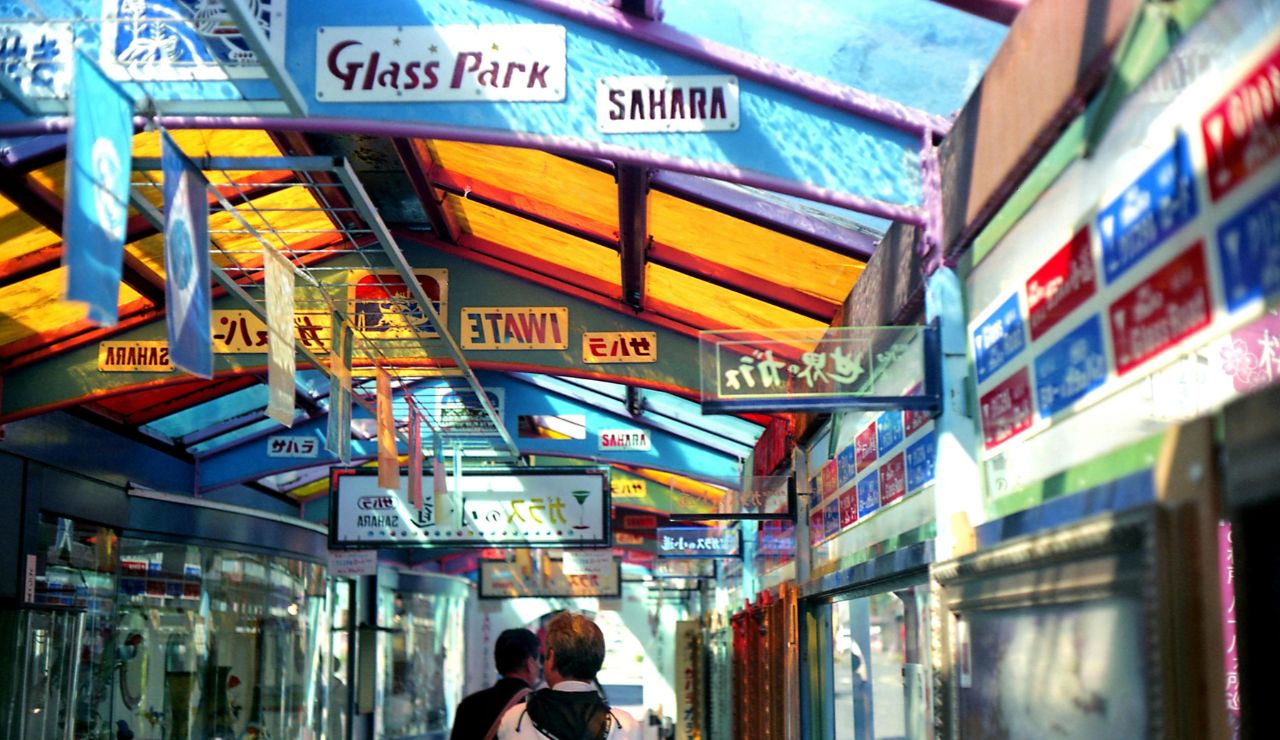
ElevateMost Nordic people speak excellent English, but learning a few local words shows respect and opens doors. Saying “Takk” (thank you) in Norwegian or Icelandic, “Hej” (hello) in Swedish, or “Kiitos” (thank you) in Finnish can brighten interactions and earn smiles. You don’t need fluency just the effort matters, especially in smaller towns and rural areas. Plus, using local greetings deepens your cultural experience, making your voyage feel more connected and meaningful.
9. Mind the Quiet Culture
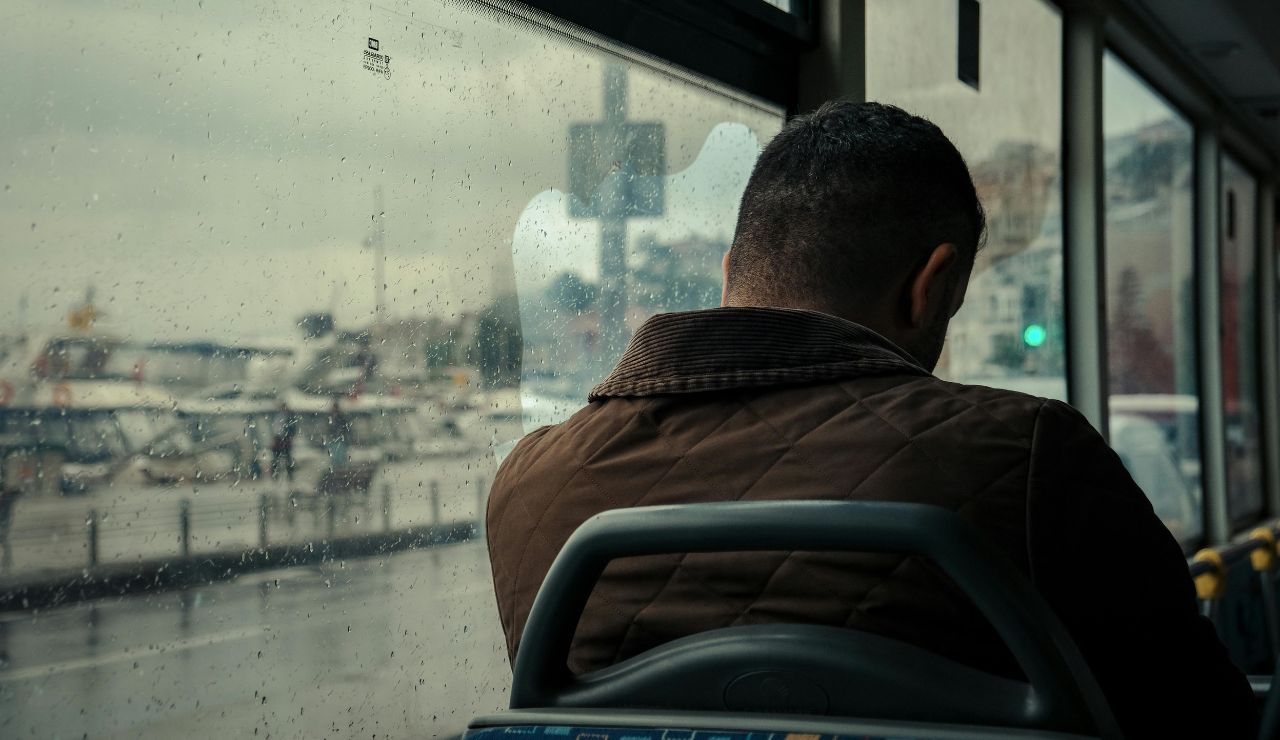
Nordic cultures deeply value personal space and quiet. Speaking loudly on public transport, interrupting conversations, or being overly familiar with strangers can be seen as rude. Silence isn’t uncomfortable here it’s a sign of respect. In countries like Finland and Sweden, small talk is rare, and orderly queues are taken seriously. Travelers who embrace this calm, respectful pace often blend in more easily and enjoy smoother, more authentic interactions with locals.